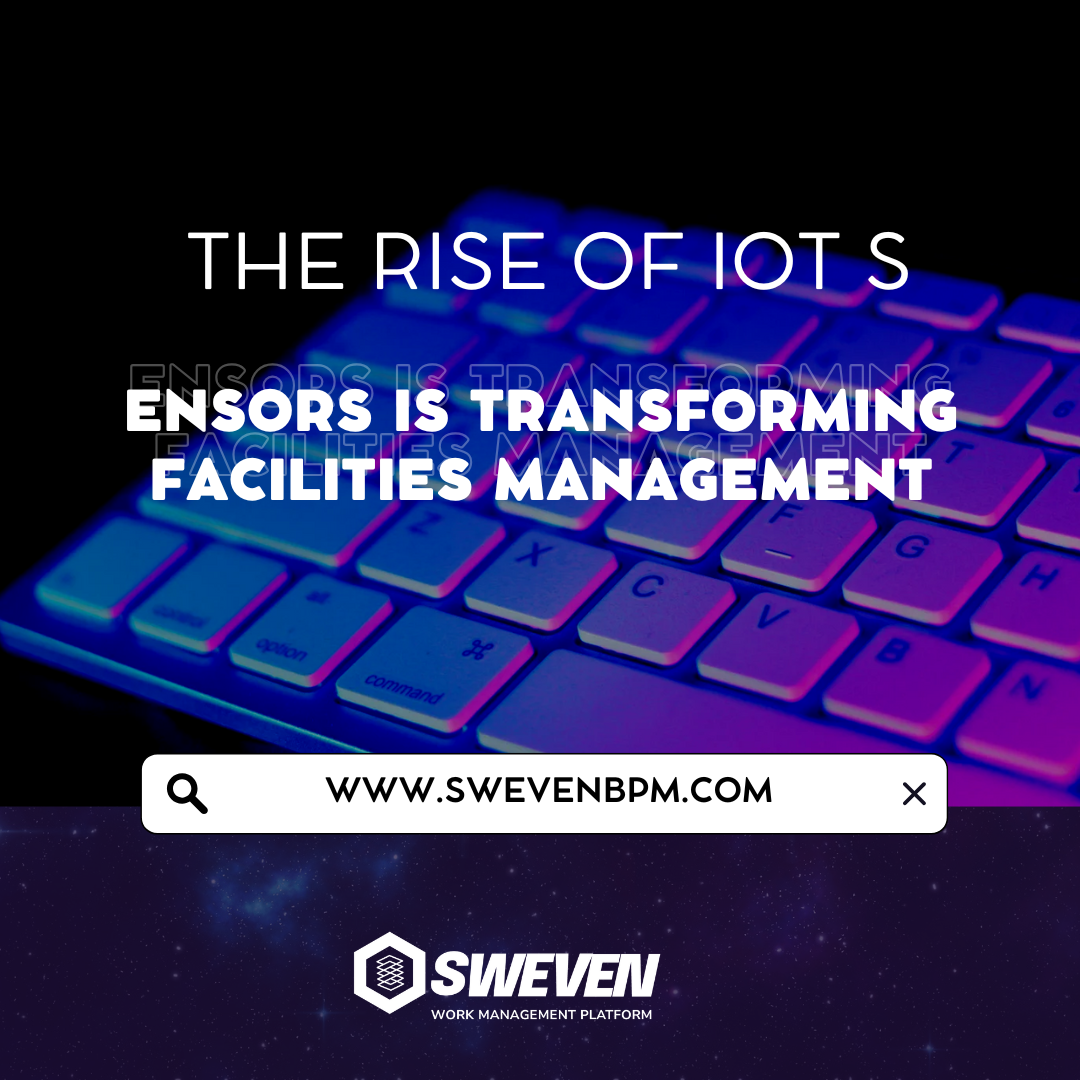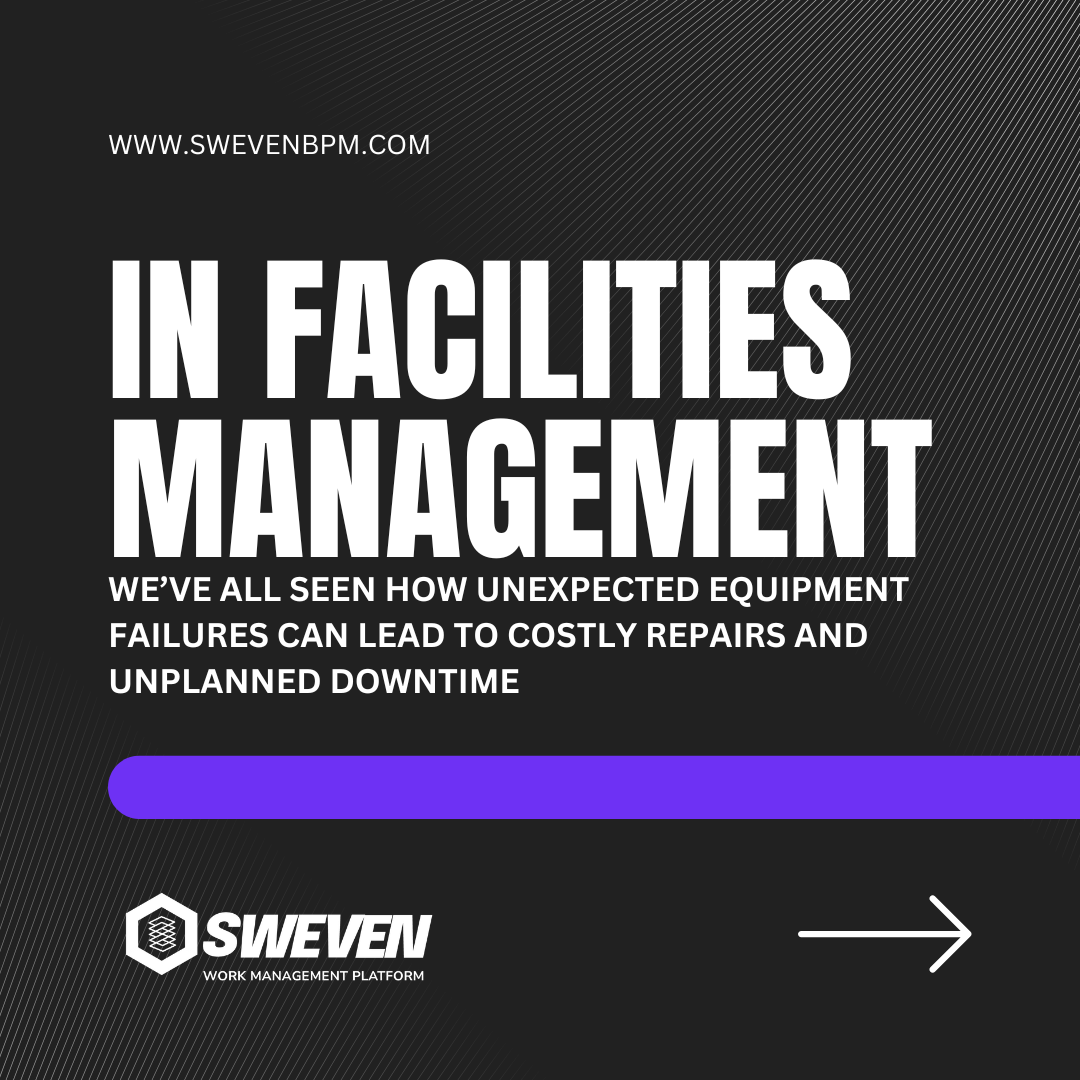Condition Monitoring
Statistics and probability theory provide are the bases for condition monitor
maintenance. Trend detection through data analysis often rewards the analyst
with insight into the causes of failure and preventive actions that will help avoid
future failures. For example, stadium lights burn out within a narrow range of
time. If 10% of the lights have burned out, it may be accurately assumed that the
rest will fail soon and should, most effectively, be replaced as a group rather than
individually.
Scheduled Maintenance
Scheduled, fixed-interval preventive maintenance tasks should generally be used
only if there is opportunity for reducing failures that cannot be detected in
advance, or if dictated by production requirements. The distinction should be
drawn between fixed-interval maintenance and fixed-interval inspection that may
detect a threshold condition and initiate condition monitor tasks. Examples of
fixed interval tasks include 3,000-mile oil changes and 48,000-mile spark plug
changes on a car, whether it needs the changes or not. This may be very wasteful,
because all equipment and their operating environments are not alike. What is
right for one situation may not be right for another.
Maintenance Fundamentals Second Edition
R. Keith Mobley
P10-11

























